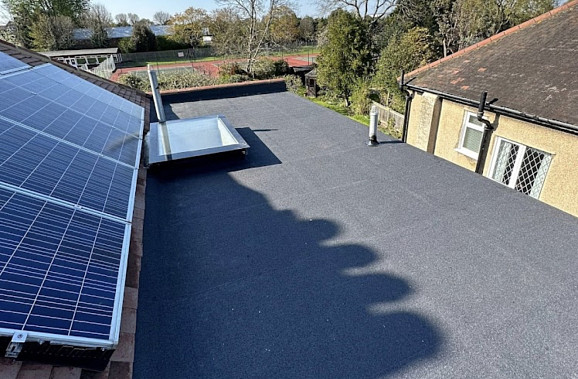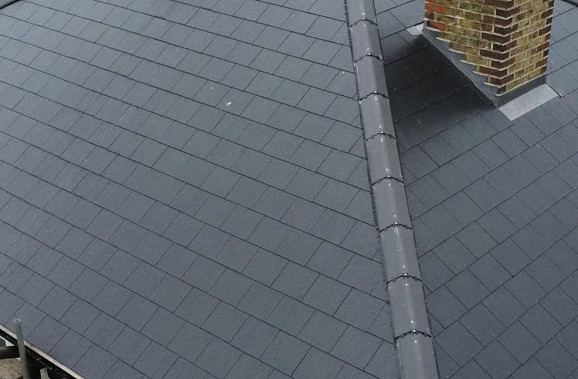Knights Roofing specialises in repairing and maintaining lead flash roofing. We have extensive experience repairing and replacing flashings for various roof types and properties, including commercial and residential. Our highly skilled team has accumulated many years of knowledge in this specialist area.
When installed correctly, using lead for your roof is a long-term solution. It often lasts over 100 years and is a material that can handle most weather conditions.
Below, we will discuss the different types of lead flashing, common defects, and how best to overcome them.
Grade Of Lead Used In Roofing
Lead is available in various grades, each tailored for specific applications and scenarios. They are measured in 'codes'; the higher the number, the thicker the lead and the more it weighs. For example, Code 3 has a thickness of 1.32mm and a weight of 15 kg/m2. However, Code 7 has a thickness of 3.15mm and a weight of 35.72kg/m2.
It is vital that your roofer understands your needs and uses the correctly graded material. It is also important that the lead flashing meets the British Standard, as this ensures no variance in thickness greater than or less than 5% in the entire lead roll. This safeguards the quality of the lead and ensures that it is fit for purpose. For example, a roofer should refrain from using a Code 7 or below on flat roofs. At Knights Roofing, we will explain and talk you through the entire roof repair process.
Common Lead Flashing Issues
Below are common indications that suggest issues with your flashing and the need for a roofing specialist to rectify them.
Ageing: As with all materials, lead flashing will deteriorate over time. This is usually due to environmental issues such as the weather or general wear. Often, the tail-tail signs are cracks that will start to appear in the lead flashing, indicating that some roof maintenance or repair is required.
Staining: This is often a sign that the lead flashing is starting to rust. If this is the case, it will start to turn a reddish colour. Sometimes, this staining can be removed without the need to replace the flashing. In addition, flashing can turn green, this is usually due to algae. If an area of flashing does require replacing, it is advisable to get an expert to inspect the affected area and provide an obligation-free report.
Loose Flashing: This is quite a common problem associated with flashing, and several scenarios can cause it. These include storm damage, structural movement, extreme weather changes, cracked mortar and substandard installation. If the lead flashing is not too severely damaged, usually this can be a quick repair job
Poor installation: As a professional roofing company, we have unfortunately seen our share of shoddy installations. Some of the most common installation-related issues with lead flashing are using too long lengths, not allowing for the lead lining to be adequately embedded into the joint (this is often so the roofer saves money on materials), failure to secure or clip the lead flashing down properly so that it is slightly exposed. Finally, an inferior lead grade was used, which was unsuitable for the job. This decision is typically made to save the installer money at the client's expense.
Warping: This is another common issue that is only sometimes caused by the installation process. Seasonal weather conditions and movement in buildings most often cause warping.
Increased Energy Bills: Lead flashing around a roof helps to keep the area secure, acting as a barrier against the cold outside and helping keep the heat in. If your utility costs are increasing for no reason to keep your property warm, this should be investigated.
Leaking or Damp: Discovering a leak or damp-infested area is alarming. However, it might not be as serious as first thought. It could be due to a small warp in the lead flashing or that a small area has become displaced.
It is important that you have your roof inspected by a roofing professional with good knowledge and understanding of lead flashing and commonly associated defects. At Knights Roofing, we offer comprehensive services, including installation, repair, maintenance, and detailed assessments. Our goal is to provide you with a thorough report on the condition of your lead roof. No job is too big or too small, and we are happy to provide free estimates for all work within the southwest London area.




